The Worst NBA Draft Classes
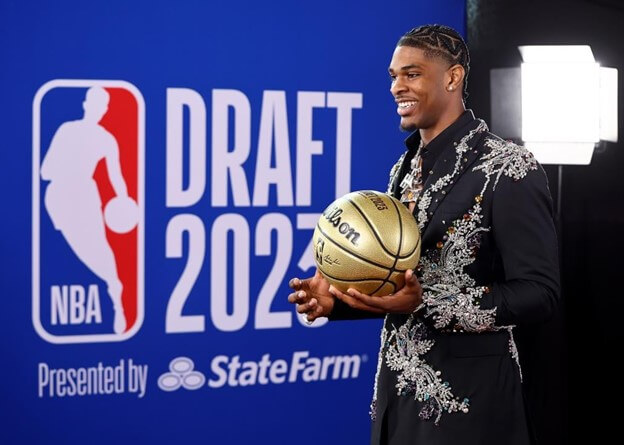
Draft classes have defined eras of basketball. The class of 1984 set the scene for ’90s basketball, with four Hall of Famers – including Michael Jordan and Hakeem Olajuwon – later reaching immortality with their unique moves.
The class of 1996 introduced the world to Kobe Bryant and Allen Iverson, who along with nine other All-Stars dominated the 2000s, merging media, culture, and basketball to challenge soccer’s supremacy for international popularity. The 2003 draft class left its mark, as first pick LeBron James joined three others from the top five to redefine free agency, players’ business prowess, and the Olympics as part of the “Redeem Team.” But not all draft classes have such depth.
Many say the 2019 class is among the worst, citing top picks’ performances, injuries, and off-court behavior. It’s still too early to finalize conclusions, but other classes have established their legacies.
To establish the worst NBA draft classes, We looked at all members of each group starting from the NBA-ABA merger in 1976 and going through 2017. Each class’ average win shares per 48 minutes – a Basketball-Reference estimate of how many wins a player contributes to their team per game, with the league average of about 0.1 – determined the ranking.
- #5. 1980: Injuries Take Their Toll
- #4. 1995: Confidence in Short Supply
- #3. 1992: The Wrong Type of Fight
- #2. 1982: Some Very Short Careers
- #1. 2002: More Illness & Injury
#5. 1980: Injuries Take Their Toll
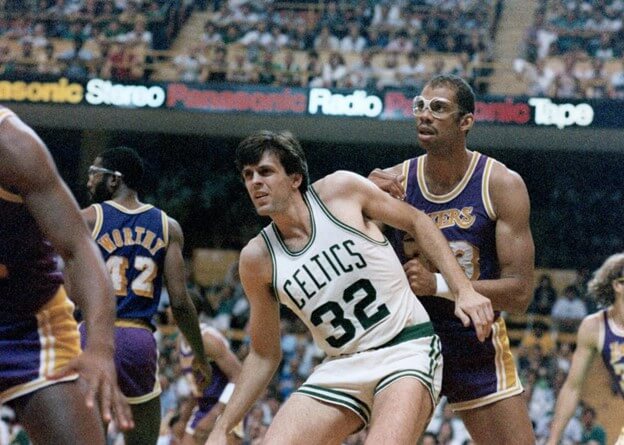
WS/48: 0.0938
The 1980 draft was known for Hall of Famer Kevin McHale, the third pick who was a major player in the Boston Celtics’ 1980s dynasty. There was plenty of talent in this class, but injuries ended careers early. No. 8 pick Andrew Toney, whom Charles Barkley called the best player he ever played with, snagged two All-Star selections and a championship with the Philadelphia 76ers before foot injuries forced him to retire in 1988.
Fellow two-time All-Stars Kiki VanDeWeghe and Jeff Ruland followed a similar path, with injuries ending their careers by the early ’90s. The No. 1 pick by the Golden State Warriors, Joe Barry Carroll, became a journeyman, failing to match his success at Purdue and ending his career in 1991.
Looking for a new online casino, but don’t know where to start? Check out these casino reviews to find the right casino for you.
#4. 1995: Confidence in Short Supply
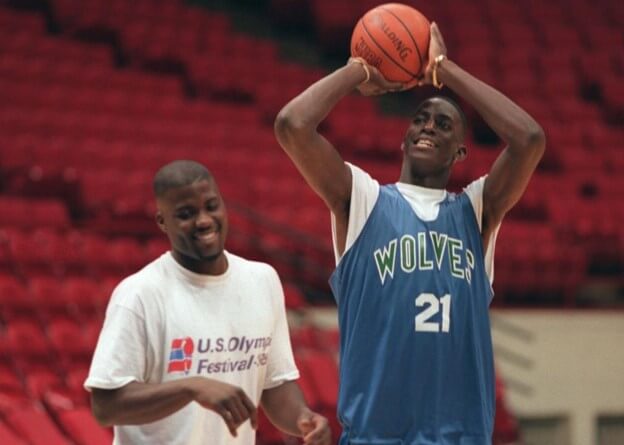
WS/48: 0.0935
The focus of the 1995 draft was No. 5 pick Kevin Garnett, who was the first high school athlete selected in 20 years. Even though there was a plethora of talent in the class – such as Nos. 2-4 picks Antonio McDyess, Jerry Stackhouse, and Rasheed Wallace – many of the top 10 couldn’t perform.
No. 9 pick Ed O’Bannon played only two seasons, attributing his poor performance to a loss of confidence. No. 6 pick Bryant Reeves suffered a back injury and couldn’t stay fit, and No. 8 pick Shawn Respert was diagnosed with cancer. The first pick, Joe Smith, made the All-Rookie first team but was a role player for most of his career, which he spent with 12 teams.
#3. 1992: The Wrong Type of Fight
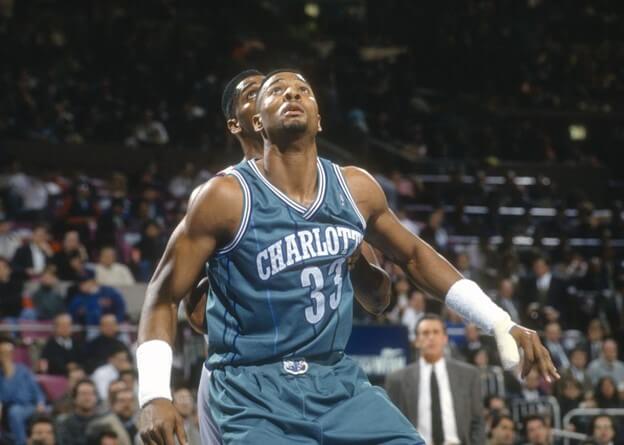
WS/48: 0.0929
Though this draft had one of the strongest No. 1 and No. 2 pairs of any class with Shaquille O’Neal and Alonzo Mourning, the rest of the players didn’t make the same impact.
Dream Team member Christian Laettner secured an All-Star spot in 1996-97, but the No. 3 pick couldn’t dominate in the NBA as he did at Duke. No. 24 pick Latrell Sprewell outplayed his draft status with four All-Star selections, but he choked and punched Warriors coach P.J. Carlesimo and fought with teammates. Jim Jackson and LaPhonso Ellis, Nos. 4 and 5 picks, stayed in the league for 25 combined years as rotation players.
Discover a wealth of casino bonuses offering free spins and discover your new favourite slot today.
#2. 1982: Some Very Short Careers
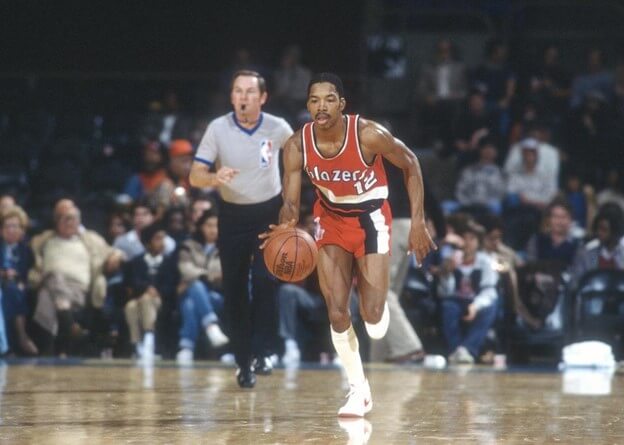
WS/48: 0.0901
The class of 1982 produced two Hall of Famers: No. 1 pick James Worthy and No. 3 choice Dominique Wilkins. No. 2 pick Terry Cummings was the 1982-83 Rookie of the Year and a two-time All-Star, but others weren’t as notable. No. 4 pick Bill Garnett played just four seasons, averaging 5.5 points per game. No. 8 pick Clark Kellogg and No. 10 pick Keith Edmonson also exited early, lasting five and two years, respectively.
There were four All-Stars in addition to those top three selections: Fat Lever, Sleepy Floyd, Ricky Pierce, and Mark Eaton. They each played at least 11 seasons, and Eaton was the biggest standout as a powerhouse defender, winning two Defensive Player of the Year awards, five All-Defensive team honors, and four blocked shot titles.
Find and enjoy a wide array of no deposit bonus casinos and offers that everyone can use to start playing.
#1. 2002: More Illness & Injury
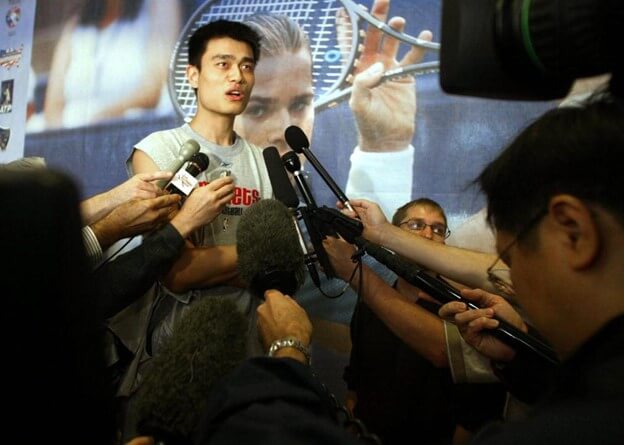
WS/48: 0.0802
Many of the top picks in the 2002 draft had their careers end early. Hall of Famer Yao Ming was the No. 1 pick and an All-Star in each of his eight seasons, but foot and leg injuries forced him to retire.
The following pick, Jay Williams, was less than a year into his tenure with the Chicago Bulls when he crashed a motorcycle, which ended his career. No. 6 pick Dajuan Wagner was with the Cleveland Cavaliers for three seasons before he was diagnosed with colitis; he played only one more game.
Nos. 3 and 4 picks Mike Dunleavy and Drew Gooden had careers of 15 and 14 years, but No. 5 pick Nikoloz Tskitishvili played just four years and retired with -0.039 win shares per 48 minutes – the lowest mark of any top-20 selection from this quintet of draft classes.